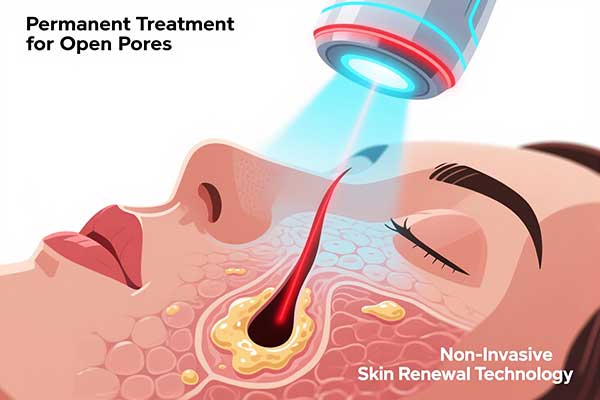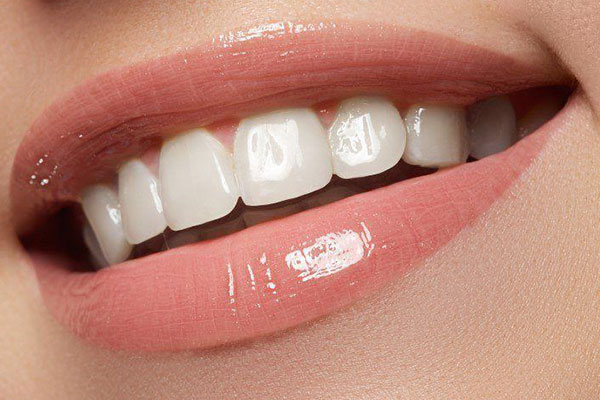White Patches on Scalp Treatment Complete Medical Guide 2024
Expert dermatologist insights, evidence-based solutions, and comprehensive treatment options for scalp depigmentation conditions
Table of Contents
Overview & Key Facts
White patches on the scalp are areas of depigmented or hypopigmented skin that can result from various medical conditions. These patches may appear as completely white, light pink, or pale areas compared to the surrounding normal skin tone.
While often concerning to patients, many causes of scalp white patches are treatable with proper medical care. Early diagnosis and appropriate treatment significantly improve outcomes and can prevent progression in many cases.
Quick Statistics
Important Medical Notice
White patches on the scalp require professional medical evaluation for accurate diagnosis. This guide provides educational information but should not replace consultation with a qualified dermatologist or healthcare provider.
Common Causes of White Patches on Scalp
1. Vitiligo
Description
Vitiligo is an autoimmune condition where the immune system attacks melanocytes (pigment-producing cells), resulting in completely white patches on the scalp and other body areas.
Key Characteristics
- Well-defined, completely white patches
- Hair in affected areas may turn white
- Usually symmetrical distribution
- No scaling or inflammation
Risk Factors
- Family history of vitiligo
- Other autoimmune conditions
- Stress or trauma
- Age: Often begins before 30
Early treatment with evidence-based approaches can help restore pigmentation in many cases.
2. Seborrheic Dermatitis
Description
A chronic inflammatory skin condition affecting oil-rich areas of the scalp, causing scaling, flaking, and sometimes hypopigmentation in darker skin tones.
Symptoms
- White or yellow flaky scales
- Itching and irritation
- Red, inflamed patches
- Temporary lightening after healing
Contributing Factors
- Malassezia yeast overgrowth
- Hormonal changes
- Stress and fatigue
- Weather changes
Proper scalp care and natural remedies can help manage symptoms effectively.
3. Tinea Versicolor (Pityriasis Versicolor)
Description
A common fungal infection caused by Malassezia yeast that can affect the scalp, causing patches that may appear lighter or darker than surrounding skin.
Clinical Features
- Variable coloration (white, pink, brown)
- Fine scaling when scratched
- Usually asymptomatic
- More noticeable after sun exposure
Treatment Response
4. Alopecia Areata
Description
An autoimmune condition causing sudden hair loss in round or oval patches, which may appear as white or pale areas on the scalp due to lack of hair coverage.
Diagnostic Features
- Smooth, hairless patches
- “Exclamation mark” hairs at borders
- Normal skin texture
- Possible nail changes
Recovery Outlook
- 80% regrow hair within 1 year
- Earlier treatment improves outcomes
- May recur in some patients
Comprehensive care including stress management is important for optimal outcomes.
Evidence-Based Treatment Options
Topical Treatments
Corticosteroids
First-line treatment for vitiligo and inflammatory conditions
Calcineurin Inhibitors
Tacrolimus, pimecrolimus for facial/sensitive areas
Antifungal Agents
Ketoconazole, selenium sulfide for fungal causes
Advanced Therapies
Phototherapy (NB-UVB)
Narrow-band UV light therapy for vitiligo
JAK Inhibitors
Newer immunomodulatory treatments
Combination Therapy
Multiple treatment approaches together
Expected Treatment Timeline
WEEKS
Initial response visible
MONTHS
Significant improvement
MONTHS
Maximum benefit
ONGOING
Maintenance therapy
Professional Care & When to Seek Help
Diagnostic Approach
Clinical Examination
Visual inspection under proper lighting, dermoscopy evaluation
Wood’s Lamp Test
UV light examination to enhance visualization of depigmented areas
Laboratory Tests
KOH preparation for fungal infections, autoimmune markers if indicated
Biopsy (if needed)
Rarely required, only for atypical presentations
Red Flag Symptoms
Rapid Progression
Patches spreading quickly over days or weeks
Associated Hair Loss
Significant hair thinning or bald patches
Systemic Symptoms
Fever, fatigue, or other concerning symptoms
Unresponsive to Treatment
No improvement after 6-8 weeks of proper treatment
Professional Consultation
Schedule an appointment with a dermatologist if you notice persistent white patches on your scalp. Early intervention leads to better outcomes and peace of mind.
When to See Different Specialists
Dermatologist
Primary specialist for all scalp skin conditions
• Treatment planning
• Follow-up care
Immunologist
For autoimmune-related conditions
• Multiple autoimmune conditions
• Systemic involvement
Psychologist
For emotional support and coping strategies
Prevention & Lifestyle Management
Preventive Measures
Sun Protection
Use broad-spectrum SPF 30+ sunscreen on exposed scalp areas
Gentle Hair Care
Avoid harsh chemicals and excessive heat styling
Stress Management
Practice relaxation techniques and maintain work-life balance
Nutritional Support
Essential Nutrients
- • Vitamin D: Supports immune function and skin health
- • Vitamin B12: Important for melanocyte function
- • Copper: Essential for melanin production
- • Zinc: Supports healing and immune response
Dietary Recommendations
Consider incorporating nutrient-rich foods and antioxidant-rich options to support overall skin health.
Frequently Asked Questions
What causes white patches on the scalp?
White patches on the scalp can be caused by several conditions including vitiligo (autoimmune depigmentation), seborrheic dermatitis (inflammatory condition), tinea versicolor (fungal infection), alopecia areata (autoimmune hair loss), and pityriasis alba (post-inflammatory hypopigmentation). Each condition requires different treatment approaches, making professional diagnosis essential.
How are white patches on scalp treated?
Treatment depends on the underlying cause and may include topical corticosteroids, antifungal medications, phototherapy (UV light treatment), topical immunomodulators like tacrolimus, and in some cases, oral medications. The success rate varies by condition but ranges from 70-90% with proper treatment. Early intervention typically leads to better outcomes.
Are white patches on the scalp permanent?
Not necessarily. Many white patches can be successfully treated or may improve spontaneously. Vitiligo responds well to early treatment with repigmentation possible in 70-80% of cases. Fungal infections typically resolve completely with appropriate antifungal therapy. Post-inflammatory hypopigmentation often fades over time as the skin heals.
When should I see a dermatologist for white patches on my scalp?
Consult a dermatologist if white patches persist for more than 2-3 weeks, are rapidly spreading, accompanied by hair loss, itching, scaling, or if you have concerns about the appearance or underlying cause. Early professional evaluation ensures accurate diagnosis and appropriate treatment, leading to better outcomes.
Can white patches on the scalp be prevented?
While genetic conditions like vitiligo cannot be prevented, you can reduce risk factors by maintaining good scalp hygiene, using gentle hair care products, protecting your scalp from excessive sun exposure, managing stress levels, and maintaining a healthy diet rich in vitamins and minerals that support skin health.
What is the difference between vitiligo and fungal infections on the scalp?
Vitiligo presents as completely white, well-defined patches with no scaling, often symmetrical, and may cause hair in the affected area to turn white. Fungal infections like tinea versicolor typically show fine scaling when scratched, may vary in color (white, pink, or brown), and respond to antifungal treatments. A dermatologist can perform tests to distinguish between these conditions.
How long does treatment for white patches on scalp take?
Treatment duration varies by condition. Fungal infections typically respond within 2-4 weeks of appropriate treatment. Vitiligo treatment may show initial response in 2-4 weeks with significant improvement over 2-3 months and maximum benefit achieved in 6-12 months. Some conditions require long-term maintenance therapy to prevent recurrence.
Related Health Topics
Natural Anti-Inflammatory Foods
Discover the benefits of yogurt with garlic for immune support and skin health.
Stress & Physical Symptoms
Learn about the connection between stress and various physical symptoms.
Nutritional Support
Explore evidence-based nutritional approaches for overall health support.
Expert Summary
White patches on the scalp represent various medical conditions that require proper diagnosis and treatment. With advances in dermatological care, most patients can expect significant improvement or complete resolution of their condition when following evidence-based treatment protocols.
Early intervention, professional guidance, and patient compliance with treatment regimens are key factors in achieving optimal outcomes. Remember that each individual’s response to treatment may vary, and patience during the healing process is essential.
Explore More Health TopicsMedical Disclaimer
This article is for educational purposes only and should not replace professional medical advice, diagnosis, or treatment. Always consult with a qualified healthcare provider for personalized medical guidance regarding your specific condition. Individual results may vary, and treatment outcomes depend on various factors including the underlying cause, severity, and individual patient characteristics.






